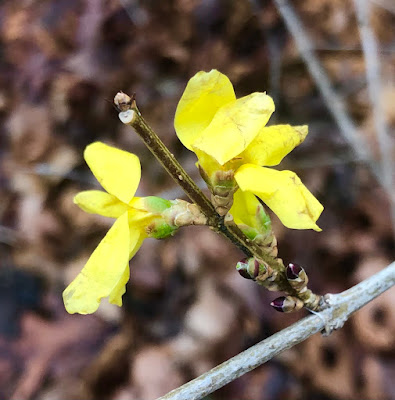Do Zombies Have Buddha-Nature?

Okay, I’ve written a Buddhist Christmas post and a Buddhist Easter post…, why not a Buddhist Halloween post? If you think about it, Buddhism and Halloween do seem to go together well. After all, Buddhism – especially Tibetan Buddhism – has its fair share of stories about demons and hell realms and whatnot. And what is the bardo realm if not a veritable haunted house of the mind! Indeed, no matter what we might say to the contrary, any Buddhist who believes in reincarnation is without a doubt motivated, at least in part, by a desire to keep from being reborn in one of the hell realms, or as a hungry ghost perhaps. And those who don’t necessarily believe in reincarnation still seek to refrain from creating hell realms here in the present moment, or being reborn in one in the next. So why not bring our fears of these demons and hell realms out into the open by celebrating them at least one night each year! From Tony Moore's 'Walking Dead' I was ...

